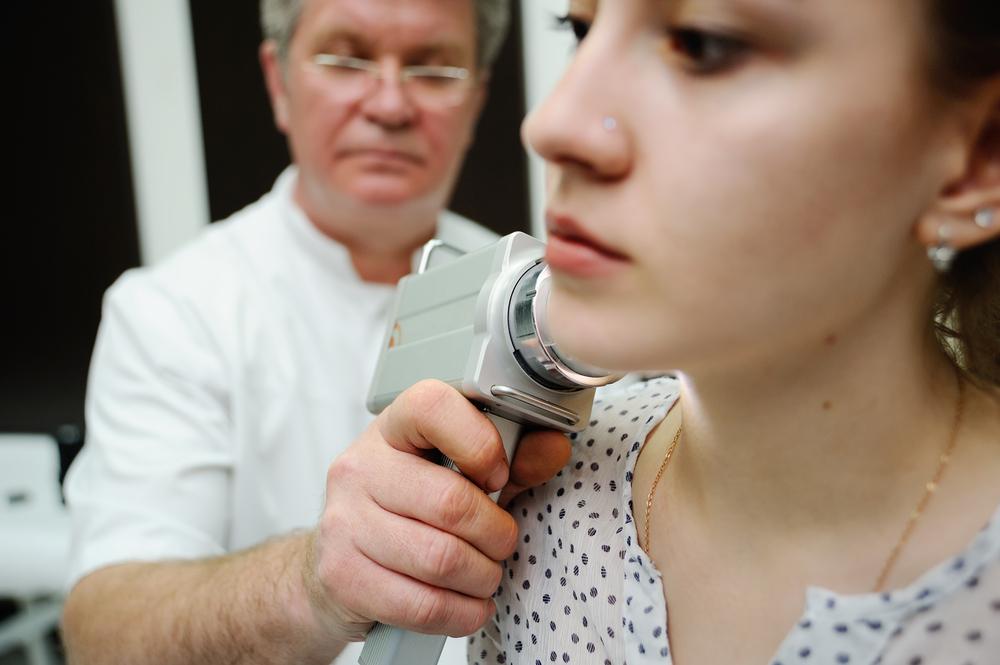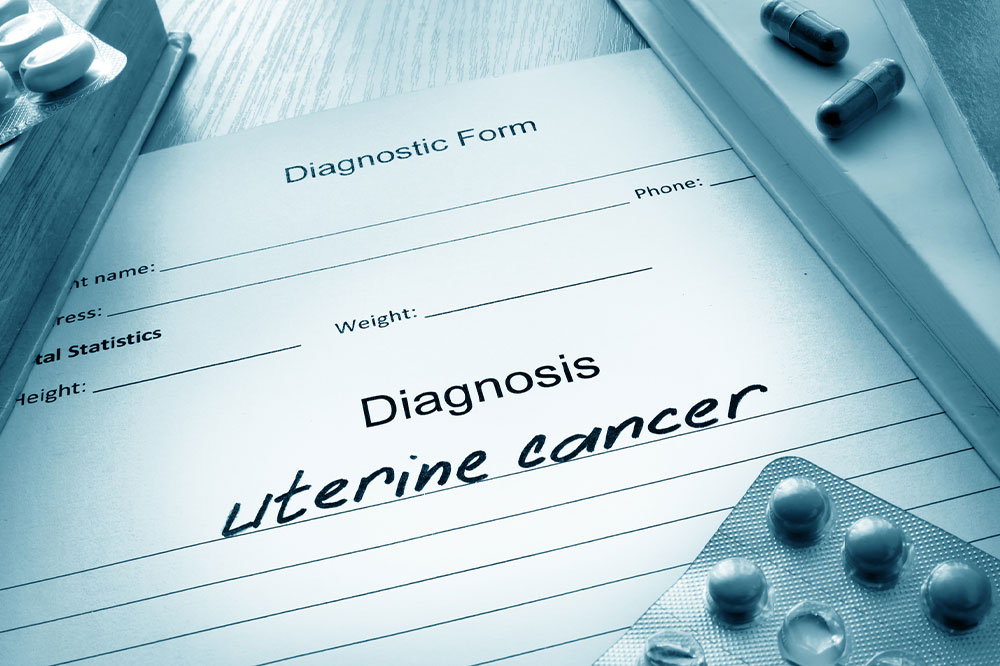Comprehensive Guide to Male Breast Cancer: Key Facts, Symptoms, and Prevention Strategies
Male breast cancer, though rare, is a serious health concern that requires awareness for early detection. This comprehensive guide covers key facts, symptoms, risk factors, diagnosis, treatment options, and prevention strategies. Recognizing early signs like lumps, skin changes, nipple discharge, or swelling can lead to prompt diagnosis and more effective treatment. Understanding underlying causes such as hormonal imbalances, genetic factors, and lifestyle influences helps in risk assessment. Advances in medical care have improved outcomes, making early intervention crucial for men. Educating men about male breast cancer is vital for reducing mortality and improving quality of life.

Comprehensive Guide to Male Breast Cancer: Key Facts, Symptoms, and Prevention Strategies
Although breast cancer is traditionally associated with women, men are also susceptible to developing this disease. Male breast cancer, while rare, is an important health consideration that warrants awareness and understanding. It accounts for approximately 1% of all breast cancer diagnoses worldwide, making it a relatively uncommon yet significant condition for men's health. The reason behind its rarity lies in the fact that men possess very limited breast tissue compared to women, but under certain circumstances, the tissue can undergo abnormal changes that lead to cancerous growths. Recognizing the fundamental facts about male breast cancer is essential for early detection and effective treatment.
In men, the development of breast cancer typically involves the uncontrolled proliferation of abnormal cells within the breast ducts or lobules. These irregular cell divisions result in tumors which can invade surrounding tissues and potentially metastasize to other parts of the body. Despite its infrequency, male breast cancer can be a serious diagnosis with significant health implications. Scientific studies reveal that the lifetime risk for men developing breast cancer is approximately 1 in 1,000, a statistic that highlights the importance of awareness among men and healthcare professionals alike. The prevalence rates have remained relatively unchanged over the past three decades, emphasizing the need for ongoing research and public education about this disease.
Early detection of male breast cancer dramatically improves the prognosis and treatment outcomes. Therefore, understanding the signs and symptoms is vital. Typical indicators include noticeable changes on the chest skin such as puckering, redness, or thickening. One of the earliest visible symptoms is a painless lump located beneath the nipple area, which might be tender or cause discomfort. Nipple alterations—such as inversion or discharge—are also common warning signs; discharges may be bloody, foul-smelling, or appear from a nipple without any apparent cause. Swelling of lymph nodes in the underarm area, known as axillary lymphadenopathy, often accompanies breast changes and can indicate cancer spread. It is crucial to note that bilateral breast enlargement in men is rarely a sign of malignancy; however, any unusual breast changes should prompt immediate medical consultation.
The causes of male breast cancer are not yet fully understood. Nevertheless, researchers have identified several risk factors that contribute to its development. Prolonged exposure to ionizing radiation increases the likelihood of cellular mutations in breast tissue. Hormonal imbalances, especially elevated estrogen levels relative to testosterone, are closely linked to male breast cancer risk. Conditions such as gynecomastia, a benign enlargement of male breast tissue caused by hormonal disturbances, can also increase susceptibility. Genetic predispositions are significant; mutations in genes like BRCA2 are known to heighten risk, similar to patterns observed in female breast cancer. Additionally, a family history of breast cancer, particularly among first-degree relatives, increases vulnerability. Other risk factors include chronic liver diseases such as cirrhosis, which can alter hormone levels, and syndromes like Klinefelter's syndrome, characterized by abnormal chromosome patterns that influence hormone balance.
When symptoms of male breast cancer appear, prompt diagnostic evaluation is essential. Diagnostic procedures include imaging tests such as ultrasound scans and mammography, which help visualize the tumor and assess its extent. A definitive diagnosis is generally made through a biopsy, where tissue samples are examined microscopically for cancerous cells. Once diagnosed, treatment options are similar to those for female breast cancer and typically involve surgery—most commonly mastectomy or lumpectomy—to remove the tumor. Systemic therapies like chemotherapy, radiation therapy, and targeted hormonal treatments are also employed based on the cancer stage and subtype. The key to successful management is early diagnosis; catching the disease in its initial stages significantly enhances the likelihood of complete remission and improved quality of life.
Post-treatment care is equally critical, involving regular follow-up appointments to monitor for recurrence. Patients are advised to adopt a healthy lifestyle—maintaining balanced nutrition, engaging in regular physical activity, and avoiding risk factors such as smoking and excessive alcohol consumption. Genetic counseling may be recommended for those with a strong family history of breast cancer to evaluate inherited risks. Furthermore, ongoing medical surveillance and supportive care are necessary to address potential side effects of treatments and ensure full recovery. Increasing awareness about male breast cancer, promoting early screening, and reducing stigma are essential for encouraging men to seek medical advice promptly whenever they notice abnormal breast changes. With advancements in medical technology and increased research focus, the prognosis for male breast cancer continues to improve, underscoring the importance of ongoing education and patient empowerment.





